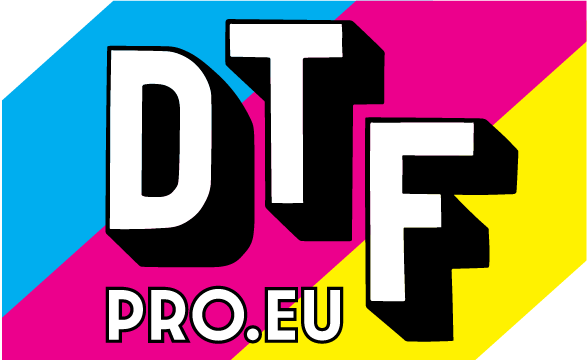In digital printing methods like DTF (Direct to Film) printing, one of the fundamental concepts to grasp is the use of color modes. While you might be familiar with RGB (Red, Green, Blue) as the color mode used for digital screens and displays, DTF printing relies on a different color model known as CMYK (Cyan, Magenta, Yellow, Key/Black). Why DTF printing uses CMYK colors instead of RGB and why this distinction is essential for achieving high-quality prints?
To understand the difference, let's first look at the two color modes:
RGB (Red, Green, Blue): This color mode is used primarily for digital screens, such as monitors, TVs, and smartphones. It is an additive color model, meaning that colors are created by combining different intensities of red, green, and blue light.
CMYK (Cyan, Magenta, Yellow, Key/Black): CMYK is a subtractive color model used in printing. Instead of adding light, it subtracts colors from white light to create a range of colors. It is the standard color mode for most printing methods, including DTF printing.
When you submit a digital image for DTF printing in RGB format, the DTF printing software will automatically convert it to CMYK for the printing process. This conversion aims to ensure that the final print matches the colors you see on your screen as closely as possible. However, there may still be some color variations due to differences in color gamuts between RGB and CMYK.
DTF printing uses CMYK colors because they are specifically tailored for the subtractive color mixing process of physical printing. This choice results in more accurate, vibrant, and consistent colors on a wide range of materials. Understanding the importance of using CMYK in DTF printing can help you prepare your artwork effectively and achieve the best possible results in your printing projects.
